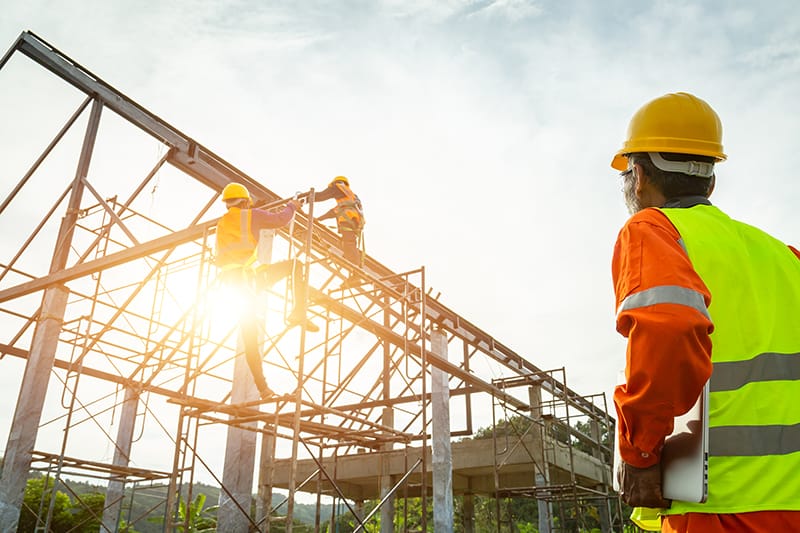Today, construction projects face a lot of safety difficulties. Any construction project, whether public infrastructure, residential, or commercial, must prioritize safety.
Construction employees have a high fatality rate compared to other employees in the company. According to OSHA, the construction sector accounts for more than 23% of worker injuries and fatalities in private industry.
For construction projects, worker safety should be a shared responsibility. Companies that prioritize the safety of workers can guarantee the following:
1. Decrease Money and Time Lost after Accidents
When accidents occur, work will come to a halt. The serious nature of construction accidents needs investigation, and work may not continue when research is in progress.
A construction site accident also drives the general cost of a project. When supplies or equipment are often damaged, the overhead may increase.
For injured employees, workers’ comp claims may increase the operating costs. Keeping construction sites safe will help to reduce this risk. So your project will be completed on a budget and on time.
2. Increase Experience and Knowledge at Work
Safety and health training needs to be an ongoing thing. And as an employer, you will need to introduce a toolbox safety meeting form and live by an example for your staff. Newly hired workers should be properly trained on safety measures during construction since they won’t have experience in this regard.
It can as well be necessary to offer safety and health training to your senior workers and managers. It might have been a while for those workers to have undergone safety and health training, and a few practices can be outdated.
It could also be possible that a few construction firms are applying innovative approaches or technologies in their safety training that old employees might not be conversant with.
3. Safer Jobsites
Accidents at a construction site are inevitable. They happen for various reasons, like complacency, no training, lack of safety practices, and improper tools or equipment that increases hazards and risks for the workforce.
By committing yourself to a safety culture, which begins with upper flows and management to the frontline employees, construction firms will be able to improve their competitiveness/productivity and prevent workplace injuries.
4. Boost Productivity
Effective practices of training come with low rates of illnesses and accidents. In turn, this may mean fewer employees will miss work or call in sick, which may improve a company’s productivity level.
Plus, the more conversant workers are with safety and LOTO procedures, the more comfortably and seamlessly they can navigate a job site. When the staff members are not second-guessing to conduct themselves on a construction site, their level of productivity will soar.
5. Lower Turnover Rate and Higher Engagement
Many studies show that engaged workers are happier, more productive, and less likely to leave the company for another job. However, getting workers engaged will be hard, especially for construction companies. Surprisingly, providing effective safety training can be a perfect solution.
According to experts, employee engagement increased by more than 45% when they felt they were free and safe from safety risks. This as well led to an increase in their job satisfaction and work quality.
In addition, providing safety training with a refresher course is very helpful for workers’ personal careers. Comprehensive safety training can also allow for specialized education for equipment and specific positions.
6. Improve Observation of the Legal Needs
It is basically a legal need to improve the safety of every worker at their workplace. Implementing a software program ensures that every safety procedure is in place.
After all, you may seek legal help from a professional barrister on the way forward. This doesn’t just make the site safer. It will also make you a safety-compliant boss.
Concluding Remarks!
While safety and health procedures may take more time to implement, develop, and introduce, they are important for a safer working environment. So having strong systems will ensure that your workforce is happy and safe while the business is profitable.
